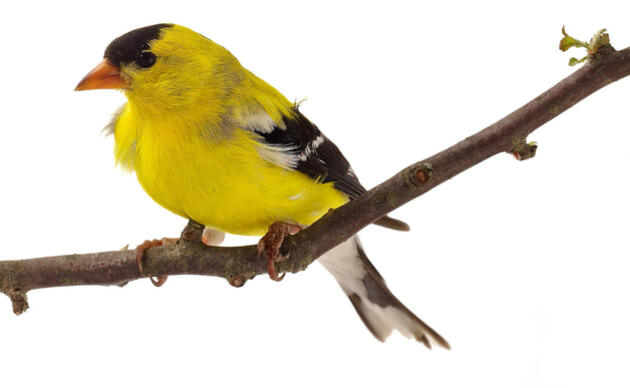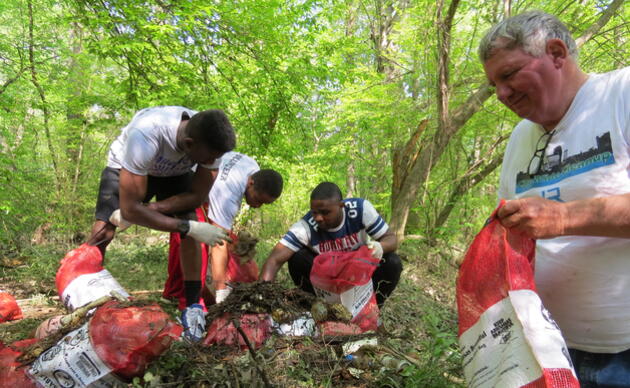By David Yarndold, National Audubon Society. Originally published in Roll Call.
It’s been nearly five years since BP slimed the Gulf Coast, taking the lives of 11 men, wrecking livelihoods and killing tens of thousands of helpless coastal birds. Finally, federal Judge Carl Barbier is heading into the final stretch, deciding how much the third largest oil company in the world will have to pay in pollution fines for the worst oil spill in U.S. history.
It’s time to hold BP accountable for the environmental damage it continues to cause the wildlife and people of the Gulf Coast. The Gulf Coast’s way of life is a rich stew, a place that’s uniquely American, where drilling and shrimping go hand-in-hand. But we also know whether you’re talking about a curfew for your kids or creating a safe construction site, there have to be consequences when rules are blatantly ignored. America’s laws acknowledge that deep sea drilling is risky business that requires extraordinary safety measures — and that’s why there are penalties for lawbreakers.
BP already admitted it broke America’s laws and has pleaded guilty to felony manslaughter, environmental crimes and lying to Congress. One of its executives is awaiting trial on other criminal charges.
While the third and final phase of the civil trial is under way to determine how much BP will have to pay in environmental Clean Water Act penalties, BP continues to employ the big lie strategy: It’s all better. Nothing to see here on the Gulf Coast, folks. Move along.
BP has also been trying to muddy the waters inside the courtroom, but the judge has not been fooled, and neither has the public.
In the previous two rounds of the trial, Barbier found BP “grossly negligent” for its role in the disaster and chastised the British oil corporation for covering up from the very beginning how much oil gushed out of the Deepwater Horizon well during the spring and summer of 2010.
Barbier conceded we may never know precisely how much oil spewed into the Gulf of Mexico, writing, “there was no meter counting off each barrel of oil as it exited the well.” He has ruled that expert testimony indicates at least 3.19 million barrels poured into the currents of the Gulf in the nearly three months before BP managed to cap the well as it should have in the early hours of the crisis.
But we do know that scientists continue to find oil and uncover new damages — from lung disease in dolphins to the destruction of critical wetlands.
To be sure, the long-term environmental damage isn’t as easy to show in pictures and video as those early heartbreaking images of pelicans and herons covered in oily brown goo.
How do you show a “bathtub ring” of oil residue the size of Rhode Island on the floor of the Gulf where deep-water coral has been bleached and stunted? How do you photograph the continuing kills of Louisiana coastal insects that are the primary food for countless birds, fish and other wildlife? How do you show dolphins suffering from reproductive problems?



